Altcoin
U.S. SEC Can Approve 19b-4 for Spot Ethereum ETF, What It Means?
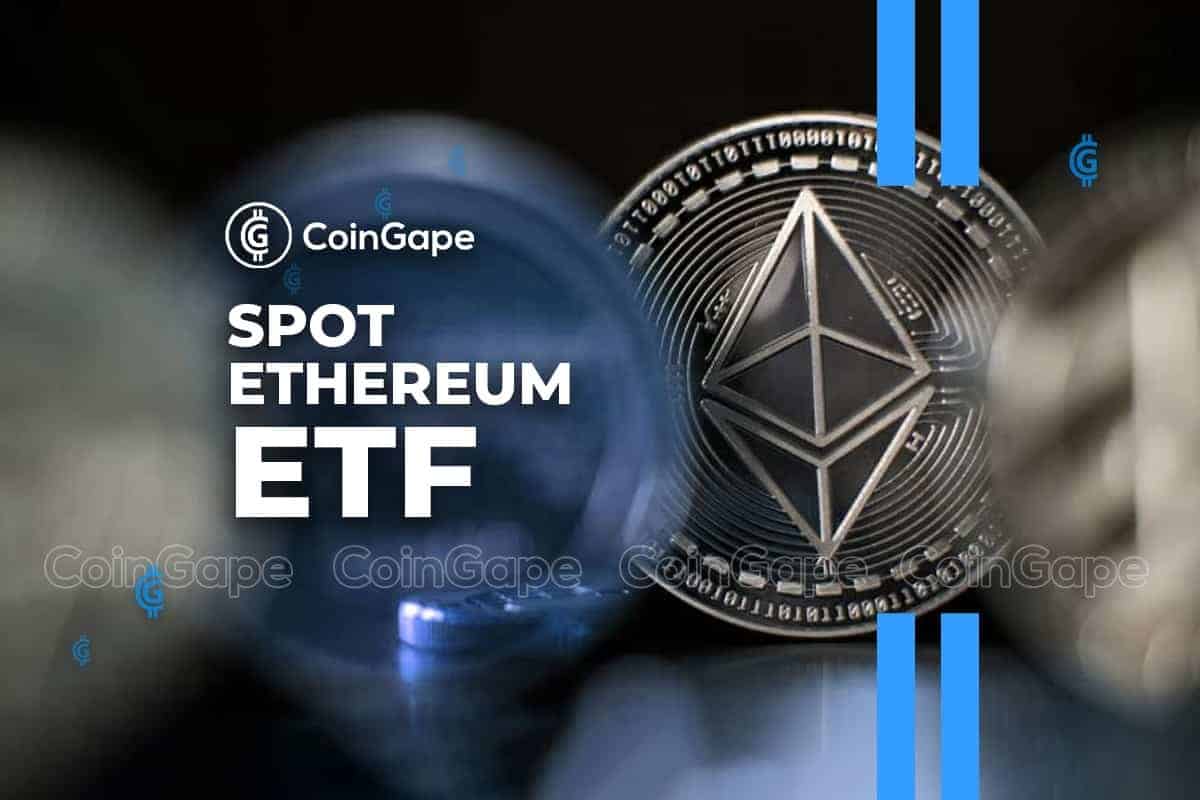
As the decision for the spot Ethereum ETF looms around, Nate Geraci, the President of the ETF store shares his views on what can happen going ahead this week. For the spot Ethereum ETFs to trade on Wall Street, the SEC needs to approve both – the 19b-4s (exchange rule changes) & S-1s (registration statements).
Spot Ethereum ETH Approval
As we know, the spot Ethereum ETF will directly hold Ether as its underlying asset, and will trade on the stock exchanges just similar to stocks. However, for them to trade on exchanges, they must receive the SEC nod for both – 19b-4s as well the S-1 filings.
SEC decision deadline this week on spot eth ETFs…
SEC must approve both the 19b-4s (exchange rule changes) & S-1s (registration statements) for ETFs to launch.
Technically possible for SEC to approve 19b-4s & then slow play S-1s (esp given reported lack of engagement here).
— Nate Geraci (@NateGeraci) May 19, 2024
Rule 19b-4 refers to the filing that a national securities exchange, such as the NYSE or Nasdaq, submits to the SEC when proposing to change rules or introduce new products. For Ethereum ETFs, the exchanges need SEC approval on these filings to list the ETFs. Essentially, this process involves the exchange requesting permission to add these new Ethereum products to their trading platforms.
The S-1 is the initial registration form required for new securities offered to the public. It provides the SEC and potential investors with detailed information about the company’s business operations, financial condition, and management. For ETFs, this document details the structure of the fund, its management, and how it intends to replicate the performance of Ethereum.
The SEC must approve both the 19b-4 filings and the S-1 registration forms in order to legally sell the ETFs to the public. The SEC typically has a statutory timeframe of 45 days, extendable up to 240 days, to make an initial decision on the 19b-4 filings. Approval of the 19b-4s permits the ETFs to be listed on exchanges. However, without approval of the S-1s, the ETFs cannot be legally sold to investors.
Chances of A Delay
Even if the U.S. SEC approves the 19b-4s, it can go slow with the approval of the S-1s. This also means that the regulator can take even longer in order to review and approve these documents. Also, the lack of engagement among the issuers and the SEC highlights that the regulator could undertake a more cautious approach due to the complexities and risks involved with crypto products.
The decision on Ethereum ETFs is crucial, as approval could boost mainstream adoption of Ethereum and offer a more regulated and secure investment environment for those interested in cryptocurrency. Conversely, a delay or denial might indicate ongoing regulatory concerns about the stability and security of cryptocurrency investments.
As the decision looms around, the Ethereum price has given a partial bounceback to $3,100 over the last weekend.
The presented content may include the personal opinion of the author and is subject to market condition. Do your market research before investing in cryptocurrencies. The author or the publication does not hold any responsibility for your personal financial loss.
Altcoin
Canary Capital Files For Staked Tron ETF
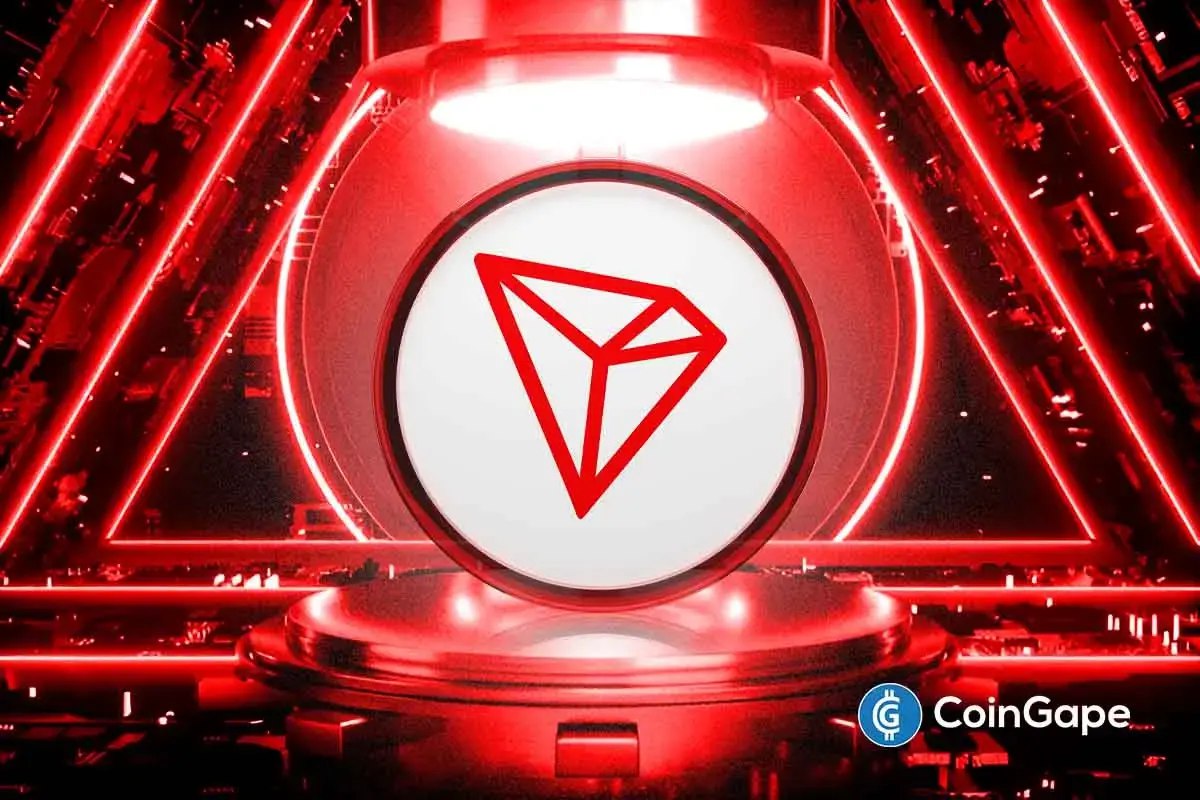
American asset management company Canary Capital has taken a new leap with a new filing for a staked Tron ETF product. Known as the pioneer of some of the most renowned altcoin ETF products, this new Tron ETF has further placed the firm at the forefront of the exchange-traded fund drive.
The Canary Capital Staked Tron ETF
According to the prospectus released by the firm, the new product is dubbed the Canary Staked TRX ETF. The firm is yet to reveal the trading platform the product will trade on, however, it confirms it will provide exposure to the price of Tron.
Based on the pricing data offered by Coindesk Indices, Canary Capital said it will rely on this to establish the Net Asset Value (NAV) for the product. This latest filing comes barely a month after the asset manager filed for Pengu ETF with the US Securities and Exchange Commission (SEC).
This is a breaking news, please check back for updates!!!
Disclaimer: The presented content may include the personal opinion of the author and is subject to market condition. Do your market research before investing in cryptocurrencies. The author or the publication does not hold any responsibility for your personal financial loss.
Altcoin
XRP Price History Signals July As The Next Bullish Month
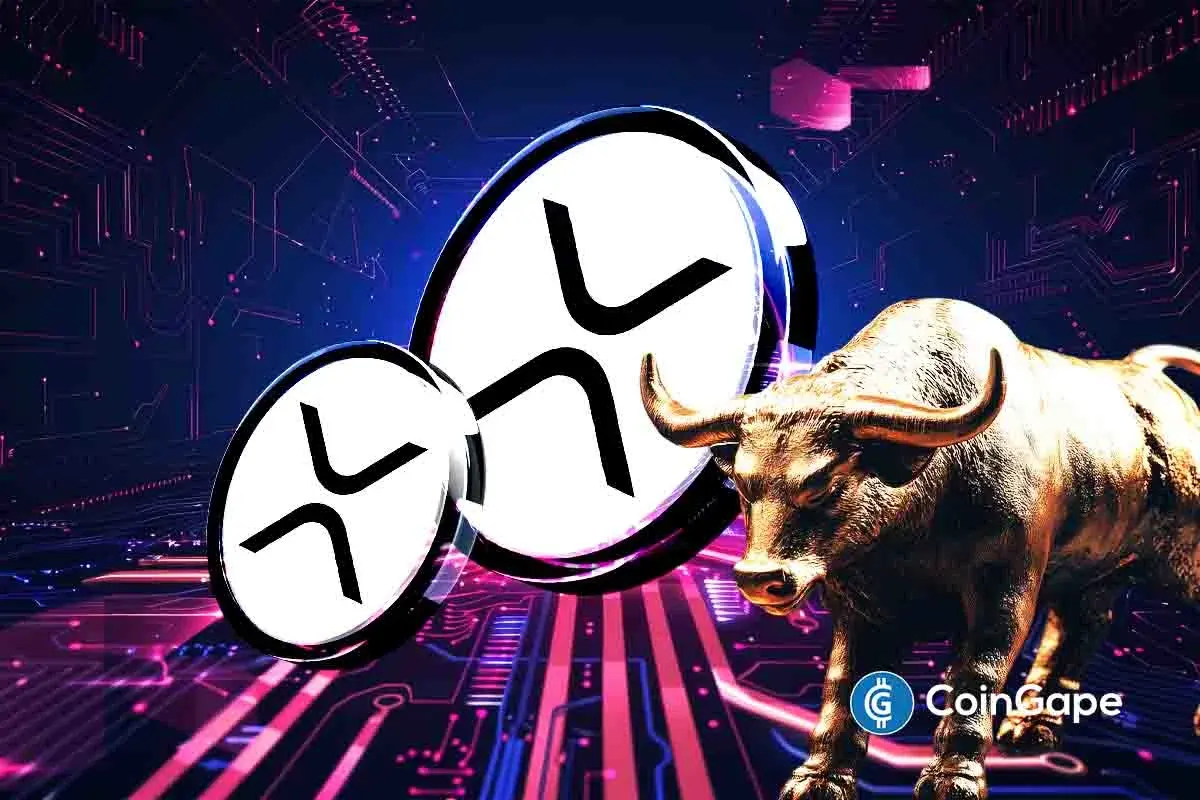
Based on historical data, July could be the next bullish month for the XRP price, which continues to consolidate amid this crypto market downtrend. Despite the market downturn, crypto analysts like CasiTrades are confident that the altcoin could still reach a new all-time high (ATH) in this market cycle.
Historical Data Points To July Being The Next Bullish Month For The XRP Price
Cryptorank data shows that July could be the next bullish month for the XRP price. This is based on the fact that the altcoin has recorded significant gains in each of the last five Julys.
Unlike July, April to June have been mixed for XRP over the last five years. For April, the last three out of five months have been bearish for the altcoin, although it recorded a 174% gain in April 2021.
For May, three out of the last five months have been bearish for the XRP price, although it recorded meagre gains in May 2023 and 2024. Meanwhile, June has been completely bearish for the altcoin, as it recorded monthly losses in the last five months.
It is worth mentioning that four out of the five monthly gains for XRP in July have been double-digit gains. As such, Ripple’s native crypto could again record double-digit gains this coming July.
Interestingly, crypto analyst Egrag Crypto predicted that XRP could reach double digits by its July 21 cycle peak. He alluded to the altcoin’s previous bull runs as to why July could mark this cycle’s peak. The analyst believes the Ripple price could reach $27 by then.
Analysts Argue XRP’s Consolidation Could End Soon
Amid this historical data, crypto analysts Dark Defender and CasiTrades have suggested that the XRP price consolidation could end soon. In an X post, Dark Defender stated that the altcoin’s consolidation is nearing an end and that he believes this is the final consolidation of the monthly structure.
Once this consolidation is done, the crypto analyst remarked that market participants can expect the Wave 5, which will send Ripple’s native crypto to new highs. He highlighted $2.22 and $2.30 as the major resistances to watch out for, while $1.88 and $1.63 are the major support levels. Meanwhile, the targets on this Wave 5 up are $3.75 and $5.85, which will mark a new ATH for the altcoin.
As CoinGape reported, crypto analyst CasiTrades also predicted that the XRP price could soon reach $6 as Wave 2 correction nears its end. The analyst also raised the possibility of the altcoin rallying to as high as $9.50 and $12 if it reaches the 2.618 and 3.618 Fibonacci extension levels, respectively.
However, there is still the possibility of the XRP price dropping below the $2 level before it rallies to new highs. Egrag Crypto warned that Ripple’s native crypto could still drop to as low as $1.4 in the event of a major liquidation.
Disclaimer: The presented content may include the personal opinion of the author and is subject to market condition. Do your market research before investing in cryptocurrencies. The author or the publication does not hold any responsibility for your personal financial loss.
Altcoin
Ethereum ETFs Record $32M Weekly Outflow; ETH Price Crash To $1.1K Imminent?
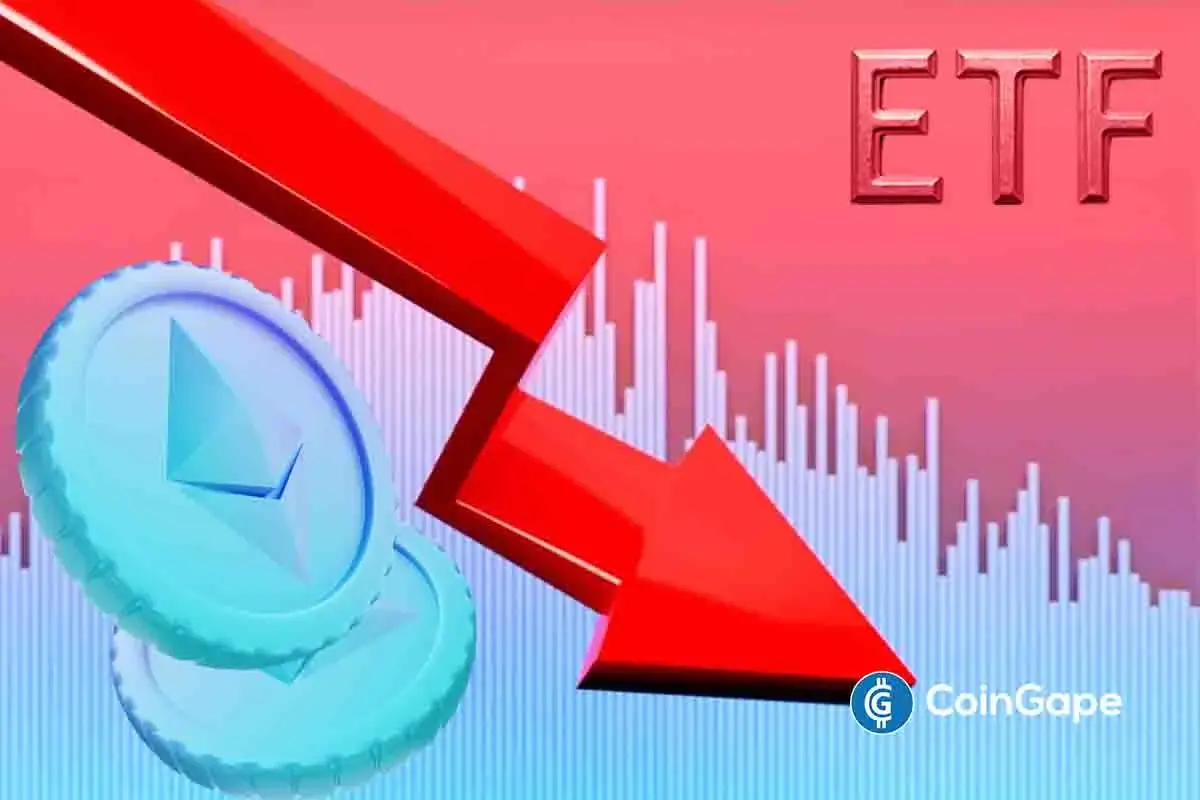
The ETH price’s bearish sentiment since January 2025 has taken a toll on investor confidence, with Ethereum ETFs witnessing significant outflows. As ETH’s value continues to plummet, investors increasingly withdraw their funds. With Ethereum exchange-traded funds recording a massive $32 million in weekly outflows, analysts caution against a potential downtrend.
As Ethereum lingers below the $2,000 mark for weeks, market experts and traders are bracing for a potential further decline to $1,100. Let’s dive deeper into the reasons behind the significant outflows from Ethereum ETFs and its potential impact on ETH price.
Ethereum ETFs Record $32M Weekly Outflows: What’s Happening?
According to SoSoValue, Ethereum ETFs experienced increasing outflows over the past week, driven by the overarching negative market trend. Last week, the ETFs saw a total net outflow of $32.17 million, pushing the month’s outflows to $170.99 million.
In addition, the Ethereum exchange-traded funds experienced an unusual day of neutral flows yesterday, with neither net inflows nor outflows reported. Analyst Ali Martinez shed light on the increasing whale activity over the past week. According to his X post, ETH whales have offloaded 143,000 tokens last week.
Significantly, this negative sentiment could be attributed to the ETH price’s bearish trend which began in January. Ethereum, which stood high-headed above $3,500 at the onset of 2025, started plummeting to reach a severe low of $1,500 in April. This steady downtrend has caused a stir in the market, with traders showing less interest towards the altcoin.
Is ETH Price Poised for a Crash?
Growing pessimism surrounding Ethereum ETFs has led analysts to warn the community that ETH’s price may extend its downward trajectory. For instance, analyst Altcoin Gordon shared a bearish forecast for ETH price, predicting that the token would further drop to $1,100. However, as per CoinGape’s Ethereum price prediction, ETH could destabilize around a minimum of $1,588 in 2025.
Ethereum market share nears all-time lows as bearish chart signals potential $ETH price drop to $1,100 👀 pic.twitter.com/NKr45vB4V5
— Gordon (@AltcoinGordon) April 15, 2025
As of press time, ETH is valued at $1,592, down by a marginal 0.20% in a day. Despite a 2.3% surge over the past seven days, ETH has seen a massive dip of 21% in a month. This negative vibe is also reflected on the traders’ sentiment, with the 24-hour trading volume decreasing by 23% to reach $10.5 billion.
Significantly, the Ethereum transaction fees’ recent crash to a five-year low has also contributed to the overall bearish sentiment.
Ethereum Bulls Remain Optimistic
Despite these bearish predictions and negative Ethereum ETF trend, bulls remain optimistic about the ETH price. Analysts like Crypto Rover and CryptoGoos shared their bullish outlooks on Ethereum, invoking investors’ enthusiasm.


According to CryptoGoos, ETH is expected to repeat history to surge beyond $2,800 in the near future. Meanwhile, market expert Crypto Rover projected the ETH price’s potential journey to an ambitious $10,000. However, it needs to be seen whether ETH can break through its current resistance levels and achieve these lofty targets.
Disclaimer: The presented content may include the personal opinion of the author and is subject to market condition. Do your market research before investing in cryptocurrencies. The author or the publication does not hold any responsibility for your personal financial loss.
-

 Ethereum24 hours ago
Ethereum24 hours agoEthereum Investors Suffer More Losses Than Bitcoin Amid Ongoing Market Turmoil
-

 Altcoin23 hours ago
Altcoin23 hours agoTron Founder Justin Sun Reveals Plan To HODL Ethereum Despite Price Drop
-

 Market20 hours ago
Market20 hours agoEthereum Price Fights for Momentum—Traders Watch Key Resistance
-
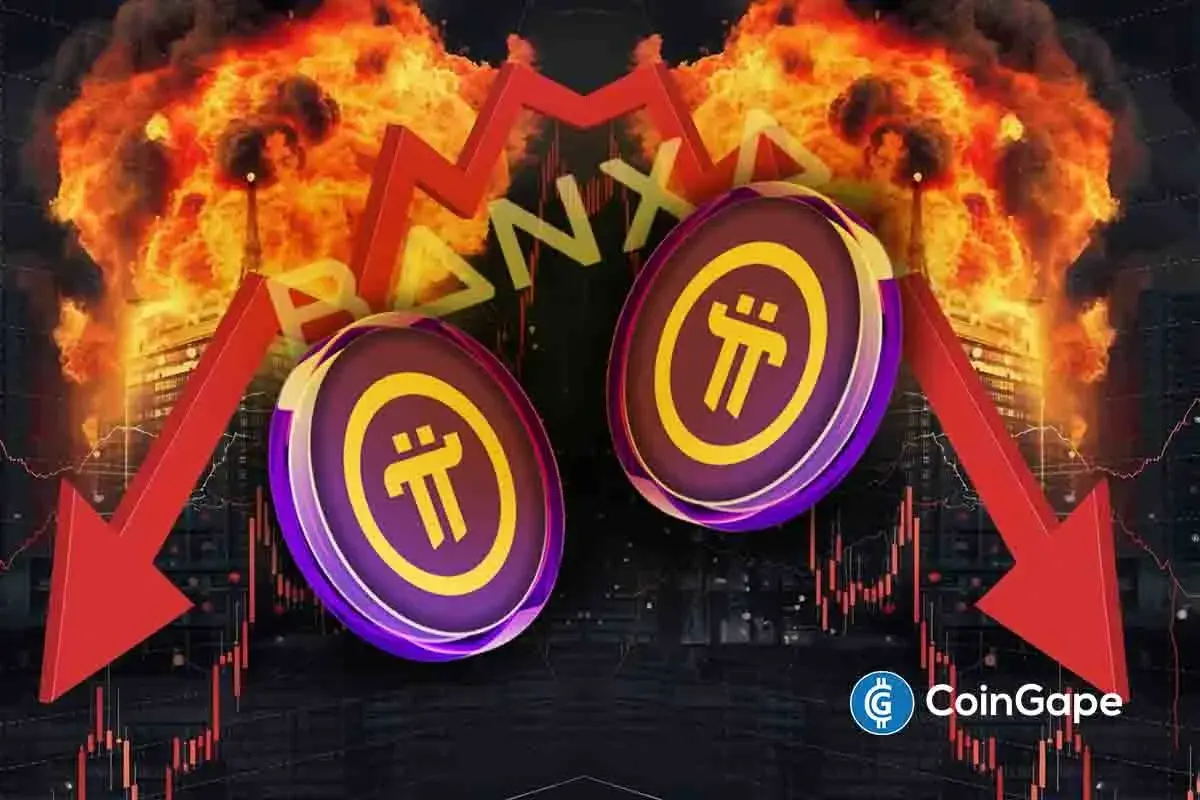
 Altcoin20 hours ago
Altcoin20 hours agoExpert Predicts Pi Network Price Volatility After Shady Activity On Banxa
-

 Ethereum16 hours ago
Ethereum16 hours agoEthereum Fee Plunges To 5-Year Low—Is This A Bottom Signal?
-

 Market18 hours ago
Market18 hours agoIs XRP’s Low Price Part of Ripple’s Long-Term Growth Strategy?
-

 Market22 hours ago
Market22 hours agoSui Meme Coins Surge With Rising DEX Volumes
-

 Altcoin21 hours ago
Altcoin21 hours agoAnalysts Predict XRP Price to Hit $6 as Wave 2 Correction Nears End










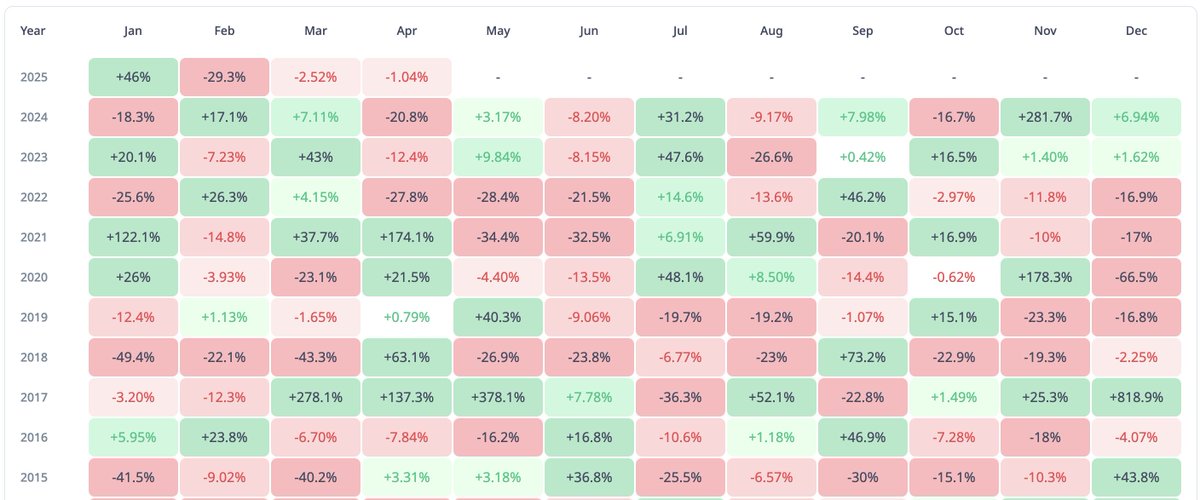
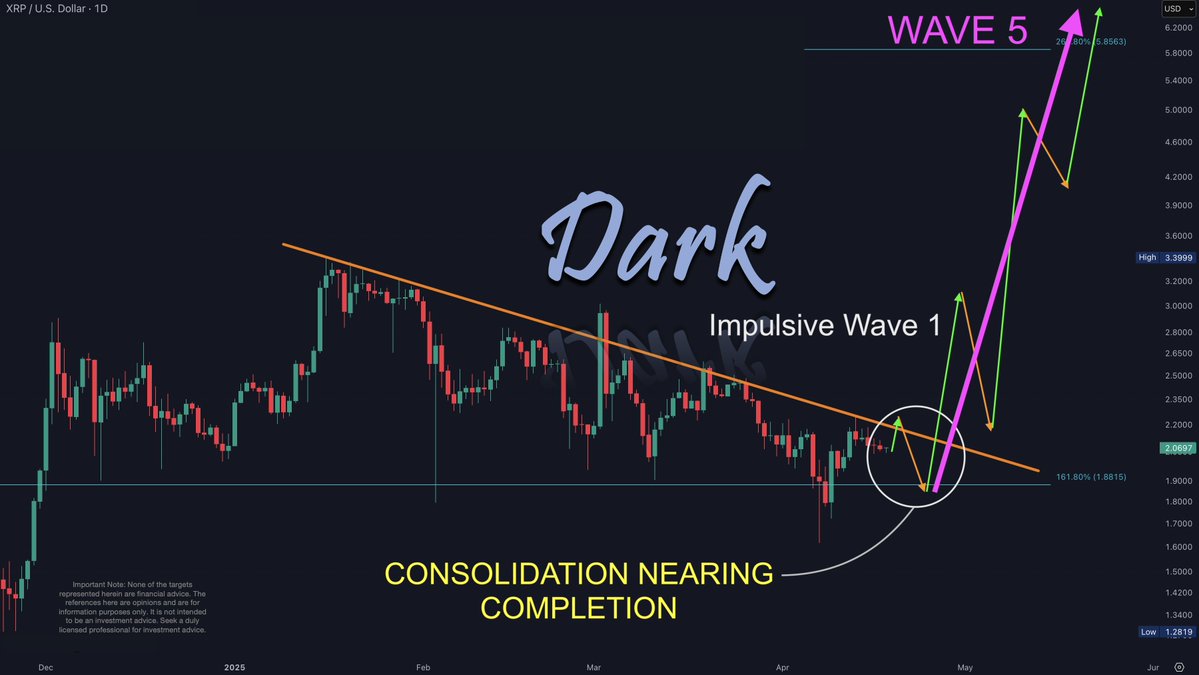











✓ Share: